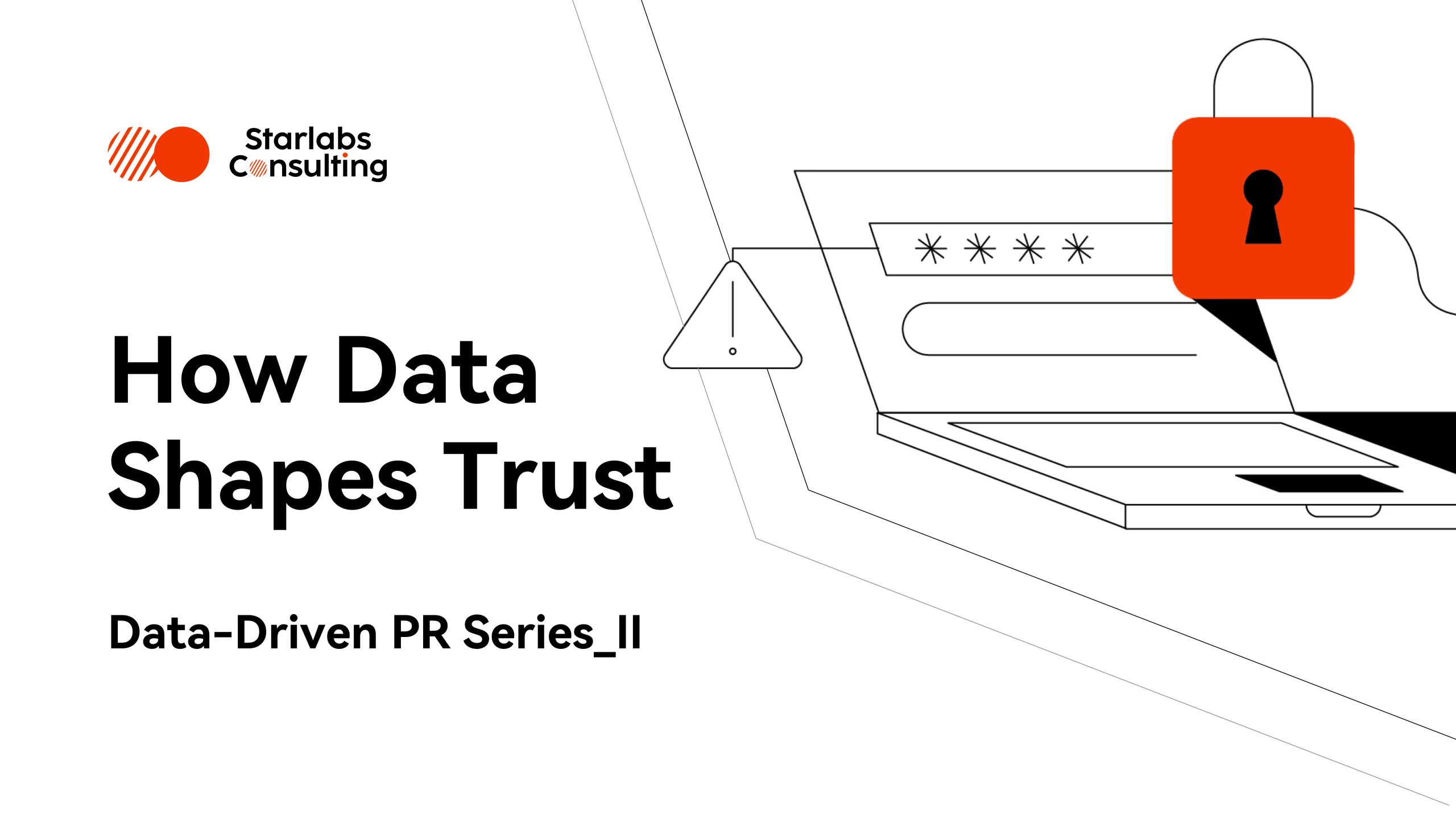
Global Policy | Trillion-Dollar Market at Stake: Global Stablecoin Rules Take Shape, Led by Hong Kong
On May 21, Hong Kong’s Legislative Council passed a landmark Stablecoin Bill, just 48 hours after the U.S. Senate advanced the GENIUS Act. The new legislation introduces a licensing regime for fiat-backed stablecoins, signaling Hong Kong’s ambition to become a major hub for regulated digital finance. Tasked with enforcing the framework, the Hong Kong Monetary Authority (HKMA) will supervise stablecoins and other financial virtual assets, reinforcing the city’s position at the forefront of global regulatory innovation.
The Hong Kong government stated that it will continue to support the development of the virtual asset industry. With the implementation of regulatory systems for virtual asset trading platforms and stablecoin issuers, the government will next consult on over-the-counter (OTC) trading of virtual assets and custodial services, and issue a second policy declaration on virtual asset development.
Excerpts from the Bill: Conditions for Issuing and Selling Stablecoins in Hong Kong
1. Licensing Requirements for Issuers
Under the Stablecoins Bill, anyone issuing fiat stablecoins in the course of business in Hong Kong, or issuing stablecoins outside Hong Kong that claim to be pegged to the Hong Kong dollar, must obtain a license from the Financial Secretary.
Licensees will be subject to ongoing supervision by the Financial Secretary. For violations by licensees, designated stablecoin entities, and their senior personnel, the Financial Secretary has the authority to temporarily suspend or revoke licenses and impose fines.
The Bill only allows designated licensed institutions to sell fiat stablecoins in Hong Kong, and only stablecoins issued by licensed issuers may be sold to retail investors.
Additionally, to prevent fraud, only advertisements related to licensed fiat stablecoin issuance will be permitted at all times (including during the six-month transition period). The public should take note of these matters and exercise caution when receiving advertisements or information related to fiat stablecoins.
*Three ‘Sandbox’ Companies Still Required to Apply for Licenses
Previously, the HKMA launched a stablecoin issuer sandbox arrangement in March 2024 to provide interested issuers with opportunities to pilot stablecoin issuance on a limited scale and under controlled risks before the relevant legislation took effect.
As of now, the HKMA has announced three sandbox participants: JD Coin Chain, Circle Technology, and a joint venture between Standard Chartered Bank, Animoca, and HKT.
Sandbox Participants
| Name of sandbox participant(in alphabetical order) | Date of admission to sandbox(dd/mm/yyyy) |
| JINGDONG Coinlink Technology Hong Kong Limited | 18/07/2024 |
| RD InnoTech Limited | 18/07/2024 |
| Standard Chartered Bank (Hong Kong) Limited,Animoca Brands Limited,Hong Kong Telecommunications (HKT) Limited | 18/07/2024 |
The sandbox regulations stipulate that approval to participate in the sandbox does not mean that the relevant stablecoin projects are recognized or regulated by the HKMA or other financial regulators. After the formal introduction of the stablecoin issuer licensing system, sandbox participants must still submit license applications to the HKMA.
2. Other Requirements for Issuers
Issuers must comply with regulations on reserve asset management and redemptions, including proper segregation of customer assets, maintaining a sound stabilization mechanism, and processing redemption requests from stablecoin holders at face value under reasonable conditions.
Issuers must also comply with a series of requirements for combating money laundering and terrorist financing, risk management, disclosure, auditing, and fit-and-proper personnel. The Financial Secretary will consult further on the detailed regulatory requirements of the system in due course.
Specifically, according to the Legislative Council Brief, the key elements of the licensing criteria for stablecoin issuers include:
(a) Reserve Asset Management and Stabilization Mechanisms: Specifies that the market value of a stablecoin’s reserve assets must at all times be at least equal to its circulating face value. Licensees must have robust stabilization mechanisms, proper arrangements for segregating and managing reserve assets, and comprehensive disclosure policies.
(b) Redemptions: To ensure proper protection for specified stablecoin holders, licensees must pay the face value of the specified stablecoin to holders who make valid redemption requests, without imposing overly cumbersome conditions or unreasonable fees. Redemption procedures, timelines, any conditions or fees involved, and rights should also be clearly disclosed for holders’ reference.
(c) Physical Presence in Hong Kong: To ensure effective regulation and enforcement by the Financial Secretary, licensees must have a physical company in Hong Kong.
(d) Financial Resources: Licensees must have sufficient financial resources to operate their businesses, including a minimum paid-up capital requirement of HK$25 million.
(e) Fit-and-Proper Personnel: The controllers, CEOs, and directors of licensees must be fit-and-proper persons, and personnel responsible for managing and operating regulated stablecoin activities must have the required knowledge and experience.
(f) Prudential and Risk Management: Licensees must have appropriate risk management policies and procedures to manage risks arising from their business operations, which must be commensurate with the scale and complexity of their operations. Licensees should also have sound and appropriate control systems to prevent and combat potential money laundering and terrorist financing activities.
3. Transitional Temporary Licenses
The Stablecoins Bill is expected to take effect in 2025, allowing the industry sufficient time to understand the requirements of the licensing system. The licensing system also includes a six-month transitional arrangement, provided that issuers must:
(i) submit a license application to the Financial Secretary within the first three months after the regulatory system takes effect.
(ii) receive written notification from the Financial Secretary.
and (iii) commit to their ability to comply with applicable regulatory requirements within the first three months after the regulatory system takes effect.
Existing issuers who meet items (i) to (iii) and can demonstrate their ability to comply with applicable regulatory requirements will be issued temporary licenses to continue their issuance activities until the Financial Secretary makes a final decision on their license applications. If the Financial Secretary is not satisfied that an applicant can meet the licensing criteria and regulatory requirements, they may issue a rejection notice at any time. Issuers who receive a rejection notice must orderly wind up their businesses within one month. Existing issuers who do not meet items (i) to (iii) must orderly wind up their businesses by the end of the fourth month after the regulatory system takes effect.
4. Eligibility for Stablecoin Sales
To ensure the protection of potential holders, only the following institutions regulated by the Financial Secretary or the Securities and Futures Commission (SFC) may sell stablecoins to the public:
(a) Licensees under the fiat stablecoin issuer system;
(b) Virtual asset trading platforms licensed by the SFC;
(c) Corporations licensed by the SFC to carry out Type 1 regulated activities under the Securities and Futures Ordinance (Cap. 571); and
(d) Authorized institutions as defined in the Banking Ordinance (Cap. 155).
Global Stablecoin ‘Arms Race’
In 2023, the Financial Stability Board (FSB) finalized its final recommendations for regulating stablecoins. According to the recommendations, financial regulators in member jurisdictions should implement measures to regulate and monitor stablecoin activities within their jurisdictions to address potential financial stability risks. The FSB will review the implementation progress of its member jurisdictions (including Hong Kong) in 2025.
(Note: The FSB was established in 2009 to coordinate the work of financial regulators and international standard-setting organizations at the international level and promote reforms of international financial regulations. Both mainland China and Hong Kong are members of the FSB.)
Jim Reid, Head of Global Macro and Thematic Research at Deutsche Bank, noted in a recent report that stablecoins are expanding at an unprecedented rate, and corporate finance executives have already felt the wave of change. The report states that there are four main types of stablecoins: fiat-backed stablecoins (such as those referred to in Hong Kong’s Stablecoins Bill, as well as $USDT, $USDC, $BUSD, etc.), asset-backed stablecoins (such as $PAXG, $DGX), cryptocurrency-backed stablecoins (such as $DAI, $sUSD) and algorithmic stablecoins (such as $UST, $FRAX).
Deutsche Bank points out that U.S. dollar-backed stablecoins currently dominate the market, with over 99% of the stablecoin market capitalization pegged to the U.S. dollar. These stablecoins hold over $120 billion in U.S. dollar-backed assets, effectively acting as money market funds supporting the U.S. short-term debt market. For example, as of March 2025, Tether held $98.5 billion in U.S. Treasury bonds, a figure that was nearly zero in 2020. Tether has now become one of the major overseas holders of U.S. Treasury bonds.
A Citigroup report notes that the U.S. dollar still dominates in foreign exchange reserves, and the dominance of U.S. dollar stablecoins stems not only from the U.S. dollar’s first-mover advantage but also reflects the dollar’s “exorbitant privilege” as the preferred reserve currency. The stablecoin market has enormous potential, with Citigroup estimating it could reach a size of $1.6-3.7 trillion by 2030.
The United States: Two Stablecoins Bills in the Legislative Process
On May 19, the U.S. Senate passed the Guiding and Establishing National Innovation for U.S. Stablecoins Act of 2025 (GENIUS Act) by a vote of 66-22. It is the first comprehensive federal regulatory bill on stablecoins in U.S. history. Prior to this, stablecoins and cryptocurrencies had existed in a delicate gray area.
The GENIUS Act focuses on the issuance and circulation of stablecoins. The bill establishes several regulatory requirements for stablecoin issuers, including mandatory requirements for issuers to hold assets equivalent to the stablecoins they issue, prioritize repayment of funds to coin holders in the event of bankruptcy, and comply with anti-money laundering regulations and anti-terrorism sanctions to prevent crypto assets from being used for illegal activities.
A recent Standard Chartered research report predicts that once the U.S. formally passes the GENIUS Act, stablecoin supply will grow nearly tenfold over the next four years, from the current $230 billion to approximately $2 trillion by the end of 2028.
According to Tether’s Q1 2025 transparency report, $USDT, the largest stablecoin by market capitalization (approximately $130 billion), has a reserve composition of about 60% U.S. short-term Treasury bonds and 40% cash and cash equivalents.
Industry analysis suggests that Tether already meets the GENIUS Act’s requirements for reserve assets dominated by Treasury bonds, and its transparency measures (such as quarterly audits) also meet the requirements. However, the key issue is that USDT has long been used in gray industries (such as telecom fraud), and how it will adjust its business to comply with regulations is the next consideration.
According to Circle’s May 2025 monthly report, $USDC has a market capitalization of approximately $60 billion, with 80% of its reserves in short-term U.S. Treasury bonds (approximately $48 billion) and 20% in cash. Circle is already registered in the U.S. and actively cooperating with regulators (applying for an IPO in 2024), and its reserves also meet the GENIUS Act’s requirements. After the GENIUS Act takes effect, USDC may become the preferred stablecoin for institutions, particularly in the DeFi sector (where USDC currently accounts for 30% of DeFi usage), with the potential to further increase its market share.
Additionally, on April 2, the U.S. House Financial Services Committee passed the Stablecoin Transparency and Accountability for a Better Ledger Economy (STABLE) Act by a vote of 32-17. This is a Republican-backed stablecoin framework bill aimed at providing rules for payment stablecoins.
Europe: MiCA Drives the Adoption of Euro Stablecoins
Although the euro holds an important position in traditional finance (accounting for 20%-30% of global foreign exchange reserves, SWIFT transactions, and trade flows), it accounts for less than 0.5% of global stablecoin circulation.
However, with the Regulatory Framework for the Crypto Asset Market (MiCA), which came into effect at the end of 2024, providing a detailed legal framework for stablecoin issuance and trading, euro-backed stablecoins have become a key driver of growth in Europe’s cryptocurrency market.
In November 2024, monthly trading volume of euro stablecoins soared to nearly €800 million, a multi-year high. A report by research firm Kaiko and Dutch cryptocurrency exchange Bitvavo stated that this sharp increase was largely due to Banking Circle’s $EURI, which gained significant attention after being listed on Binance. Other stablecoins compliant with the MiCA framework, such as Circle’s $EURC and Société Générale’s $EURCV, also contributed to this growth, collectively accounting for 91% of the euro-backed stablecoin market by the end of 2024.
Citigroup notes that since the launch of euro stablecoins under the European MiCA legislative framework, the market capitalization of non-U.S. dollar stablecoins has increased, coinciding with the weakening of the U.S. dollar and cracks in the “American exceptionalism” narrative. Although euro-based stablecoins currently account for only a small share, changes in this field may be a leading indicator of shifts in the U.S. dollar’s status.
Now, U.S. dollar stablecoins will face new competitors—Hong Kong dollar/renminbi-backed stablecoins. Previously, Hong Kong Legislative Council member Johnny Ng Kit-chong said that Hong Kong’s stablecoin issuance should integrate practical use cases and not be limited to Hong Kong dollar stablecoins; it could also issue offshore renminbi or even euro stablecoins.





